
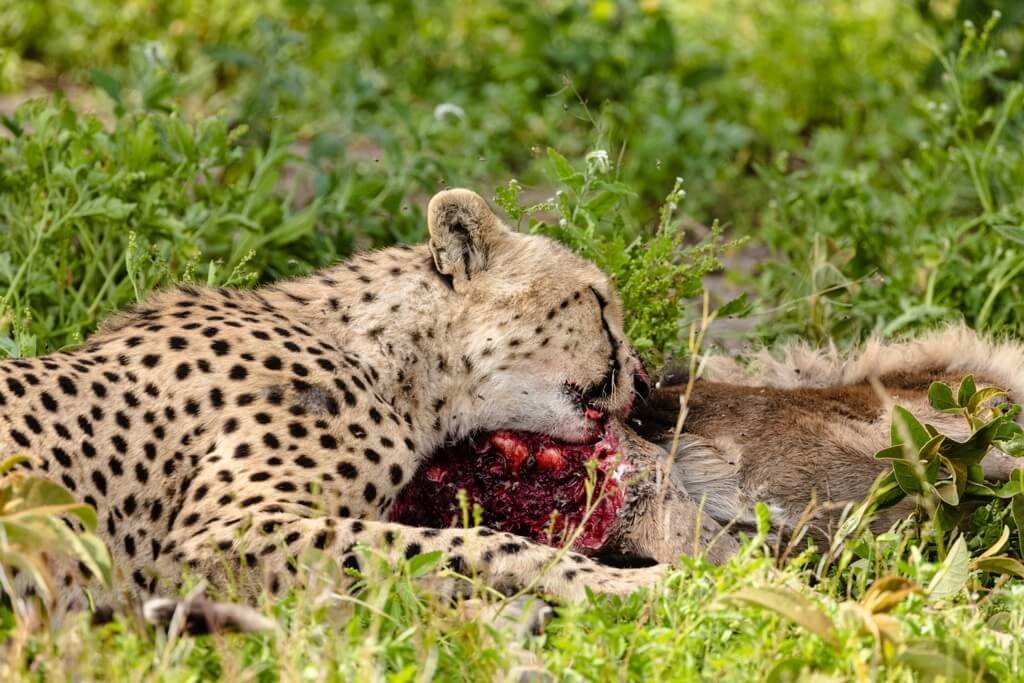


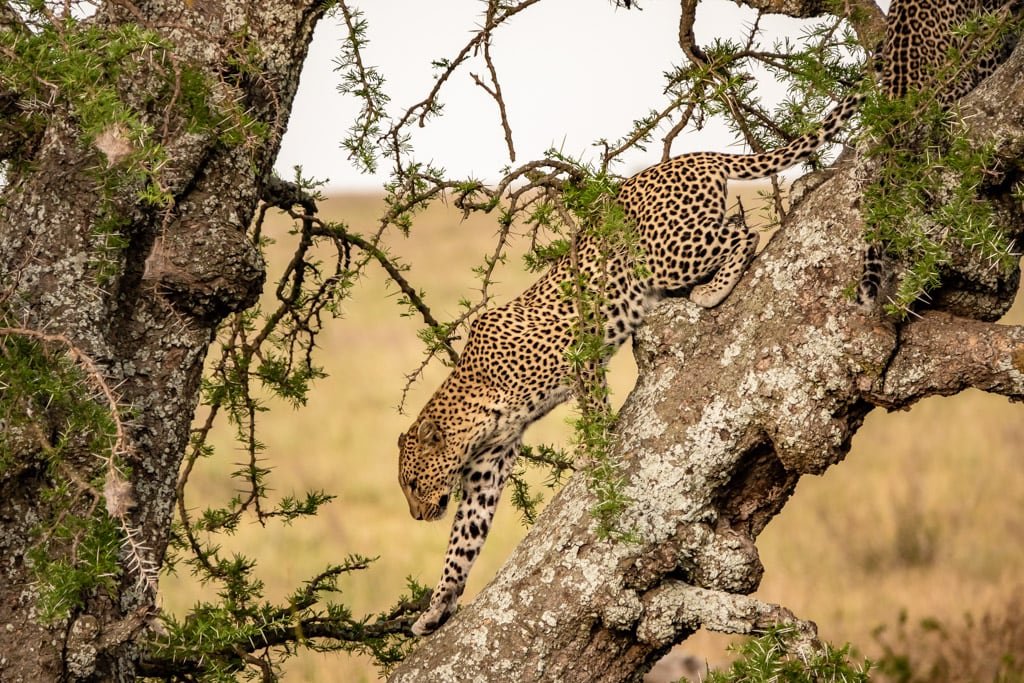
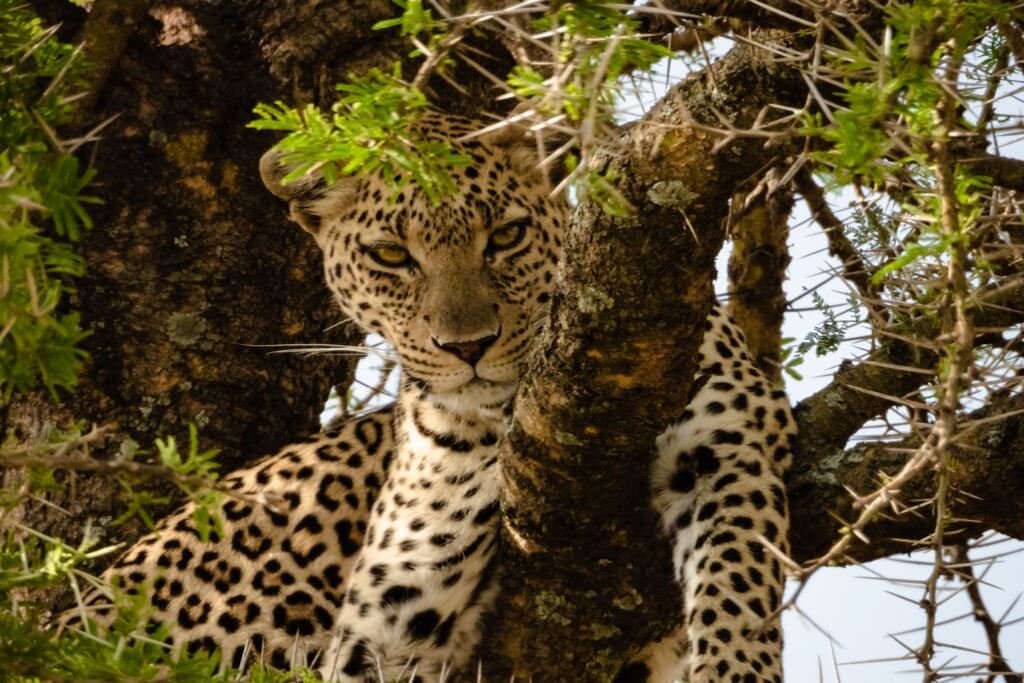
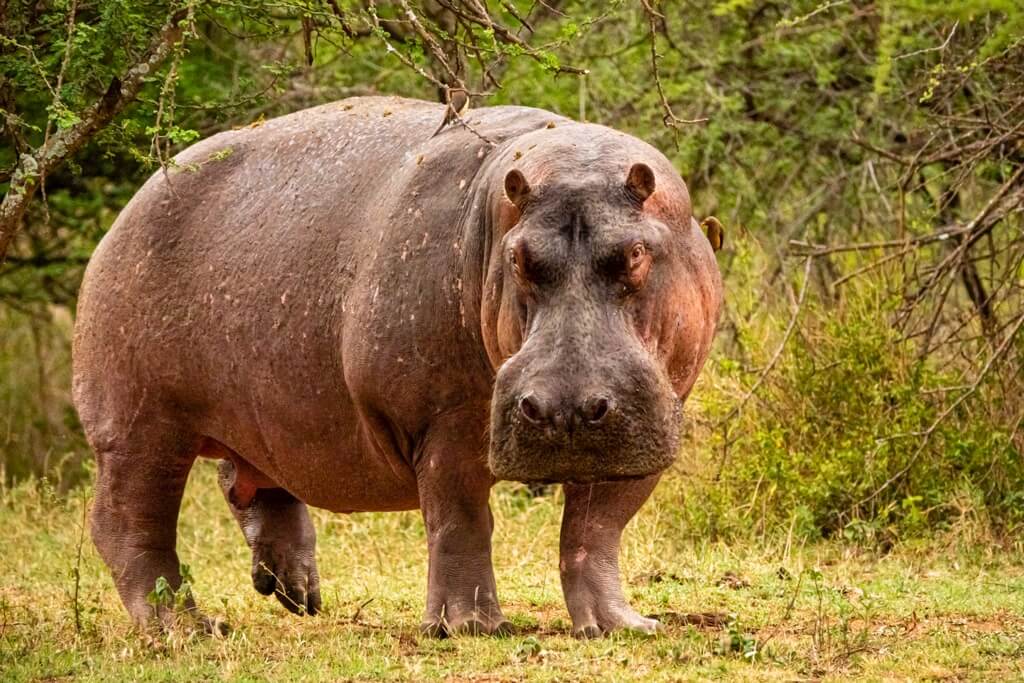

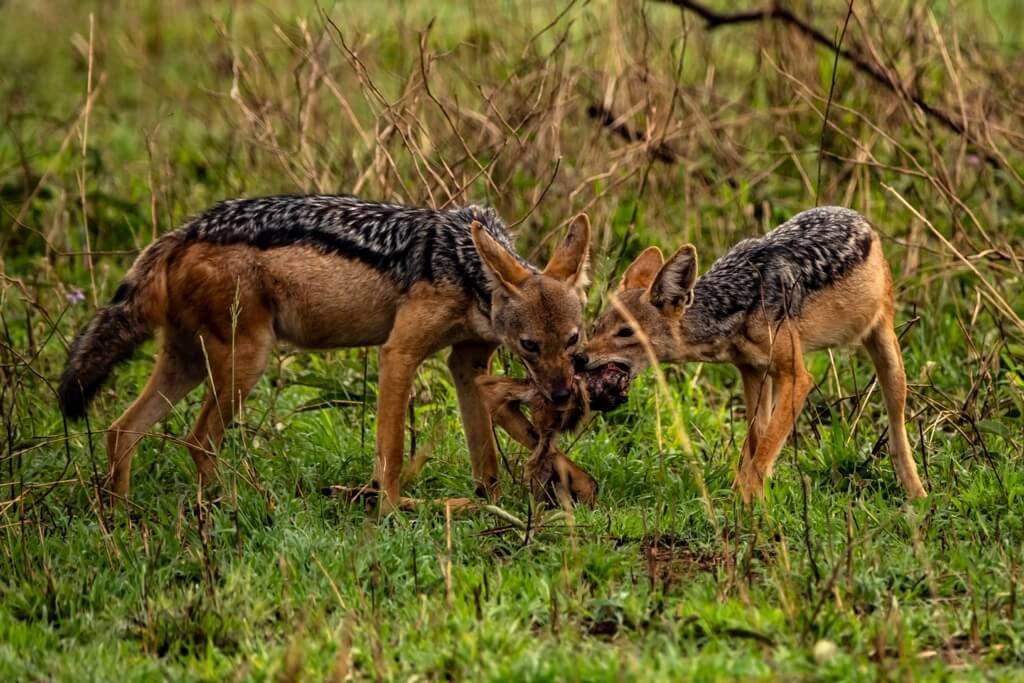

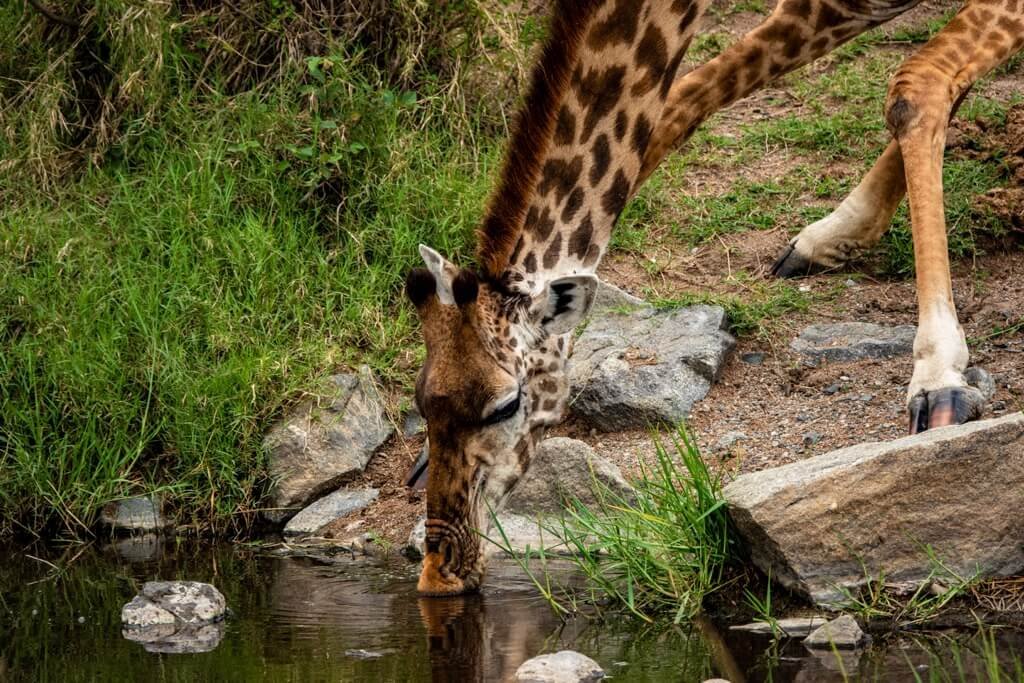
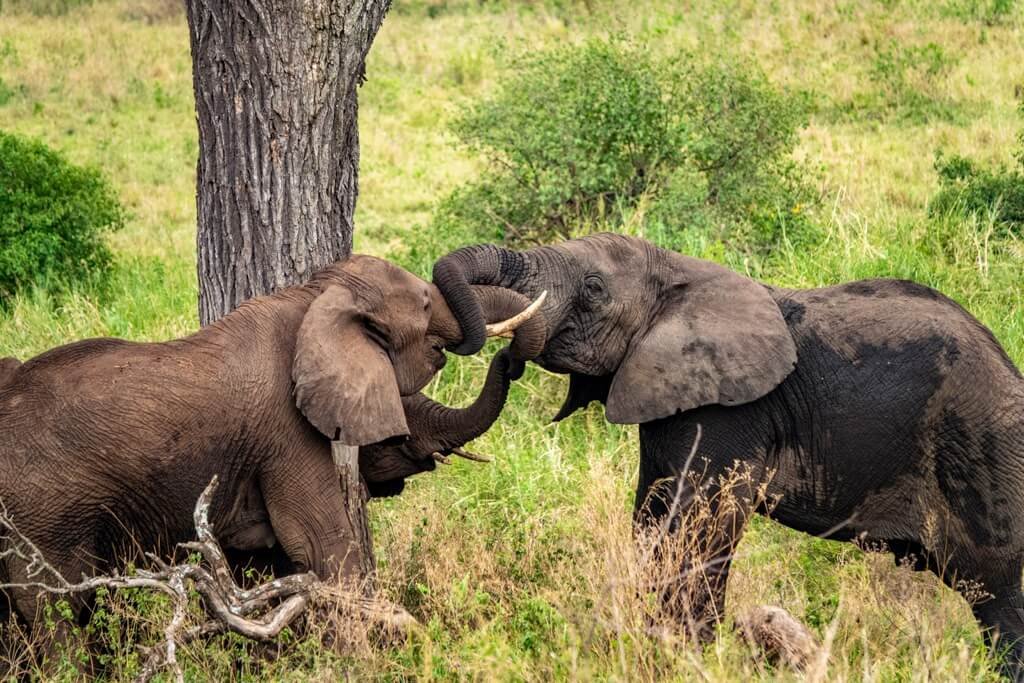
Home » Serengeti National Park
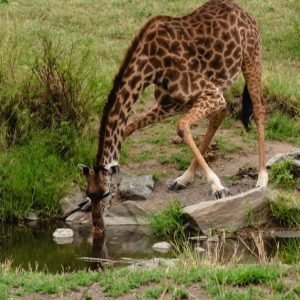
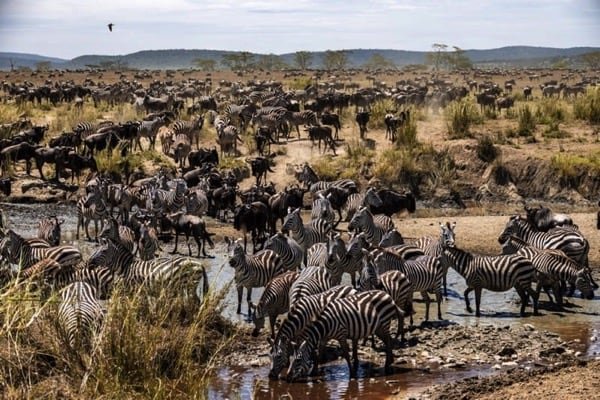
14,763 km²
1,140-2,099 m
June to February
April and May
The park is a UNESCO World Heritage site. It was established in 1951, making it Tanzania’s oldest national park. It shares its northern border with Kenya’s Maasai Mara Game Reserve. The western corridor reaches Lake Victoria, while the eastern boundary is near the Ngorongoro Conservation Area.
A unique feature of the park is its seasonal migration patterns. The park forms part of the larger Serengeti ecosystem, which includes several other conservation areas and is the theatre for the annual Great Migration. This is one of the most spectacular natural events globally, where approximately two million wildebeests, zebras, and gazelles migrate in search of fresh pasture and water.
The park is divided into several regions, each boasting unique geographical features. These include the endless, grassy plains of the south, the acacia savannah of the central region, the hilly, more densely wooded northern border, and the western corridor marked by black clay soil and the Grumeti River.
Serengeti National Park is one of the most biodiversity-rich areas in the world, home to an astonishing variety of wildlife. The park provides a habitat for over 70 large mammals and 500 bird species.
The Serengeti is most famous for the Great Migration. This massive movement involves around 1.5 million wildebeest, 200,000 zebras, and 350,000 Thomson’s and Grant’s gazelle moving cyclically through the park each year in search of new grazing pastures. This grand spectacle is one of nature’s greatest shows, filled with dramatic scenes of life and death as these herds face the threats of predators and challenging river crossings.
The Serengeti is a stronghold for predators, including lions, cheetahs, leopards, and hyenas. It’s estimated that the park is home to around 3,000 lions, one of the highest numbers in Africa, which are often seen lounging on the savannah or atop the kopjes. Cheetahs are frequently spotted; their high-speed chases across the plains are a sight. Though more elusive, Leopards can often be draped on acacia branches or prowling at dusk.
In the rivers and water bodies, you’ll find large Nile crocodiles and pods of hippos. The Serengeti is also home to the African elephant, with herds often seen in the Seronera Valley and near the Mara River. The park also protects the endangered black rhino, occasionally seen in the Moru Kopjes area.
The park’s avian diversity is equally impressive, with over 500 bird species, including ostriches, secretary birds, marabou storks, and various raptors. The Serengeti’s skies always have birdlife, whether the colourful lilac-breasted roller or the majestic martial eagle.

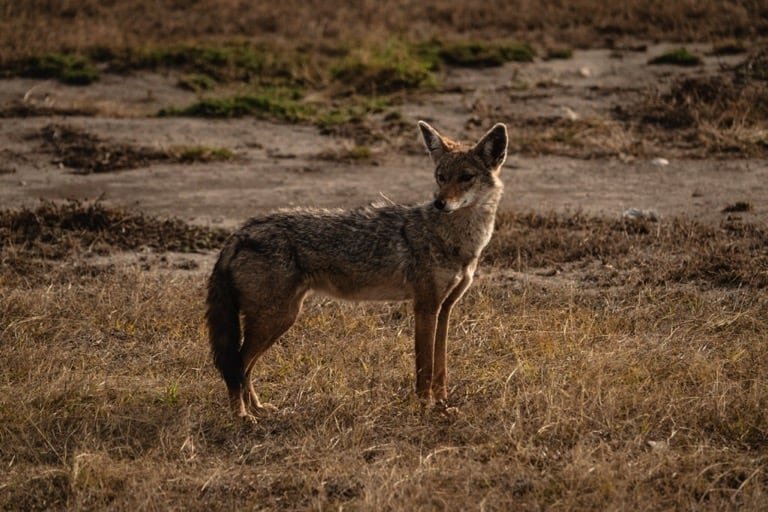
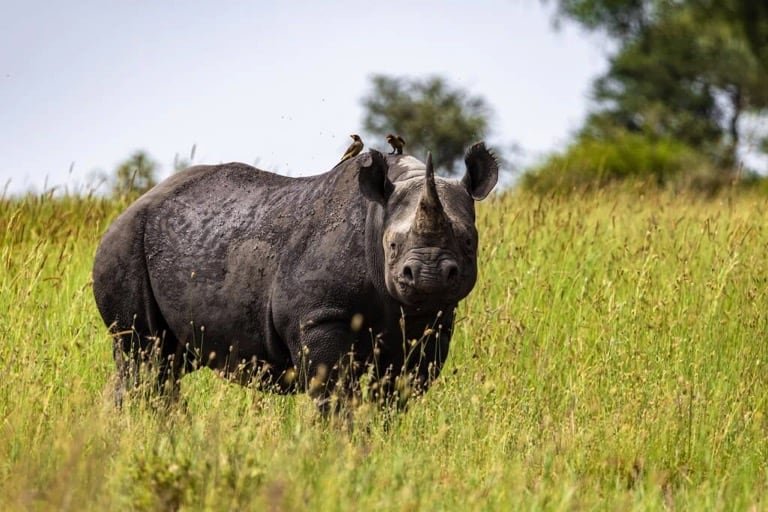
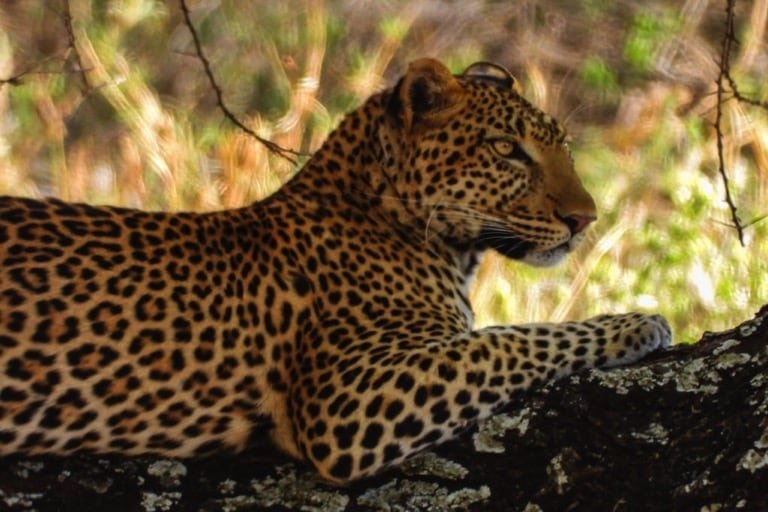


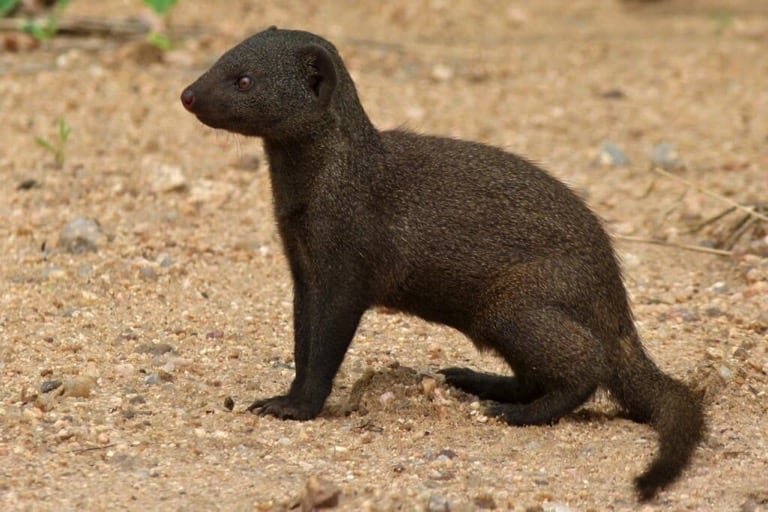
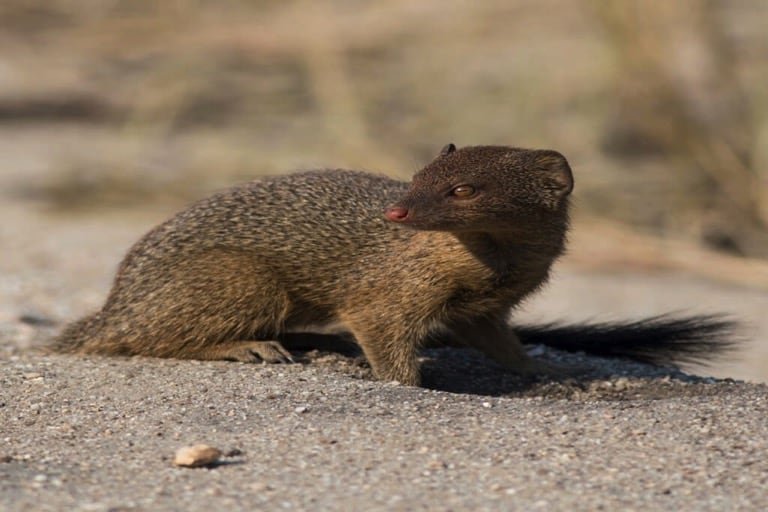



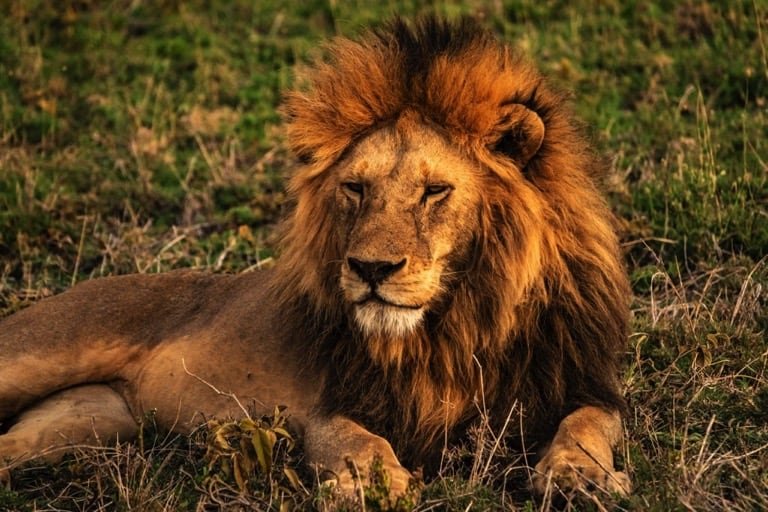
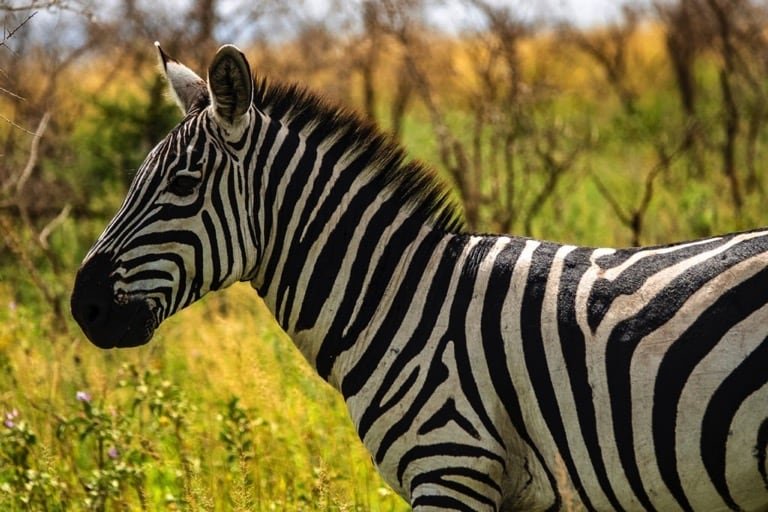
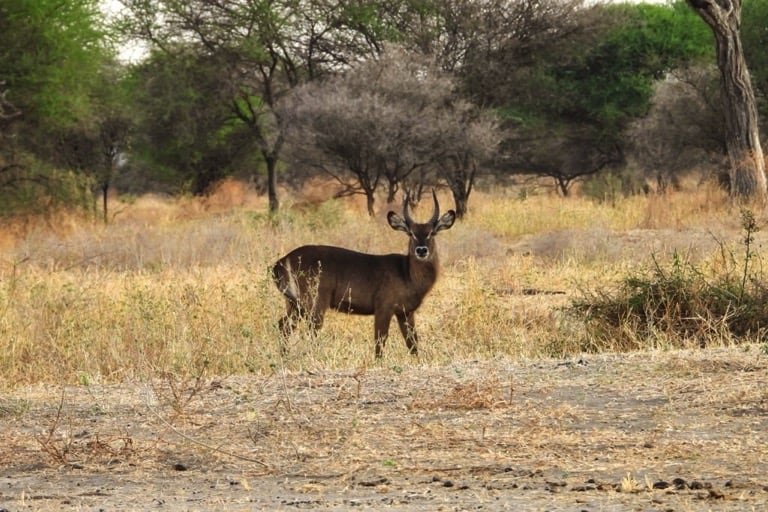
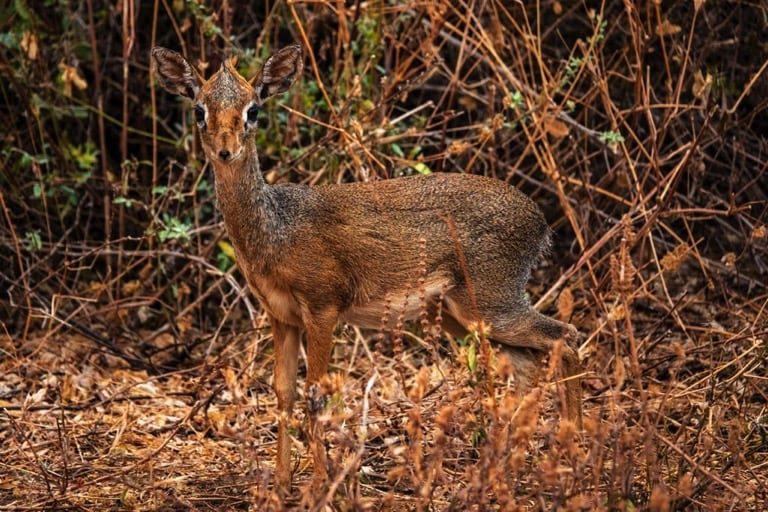
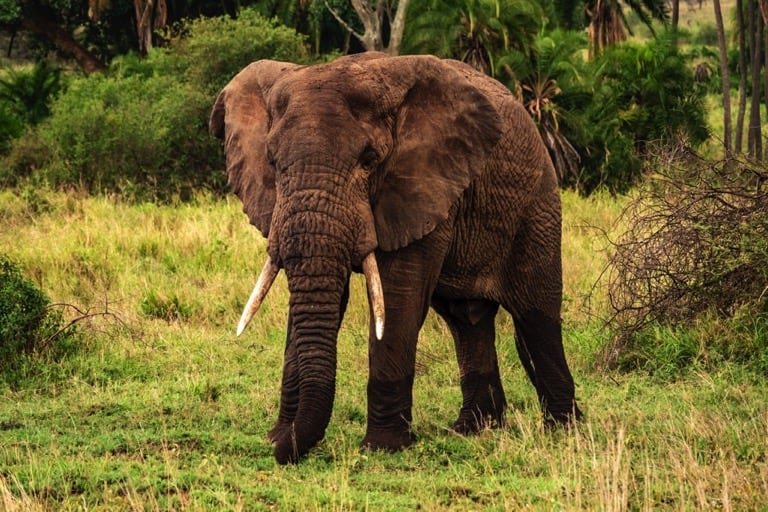

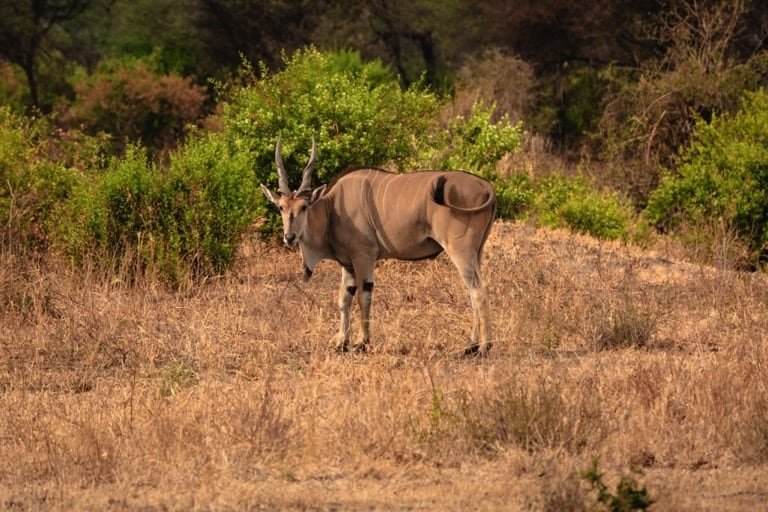
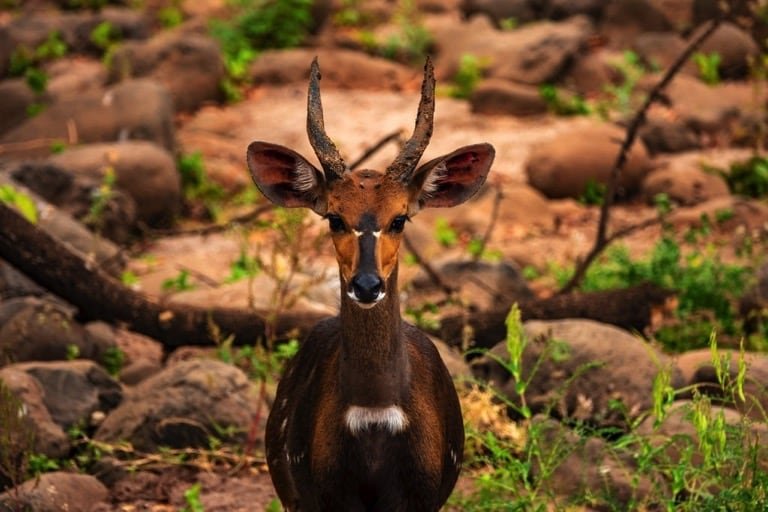



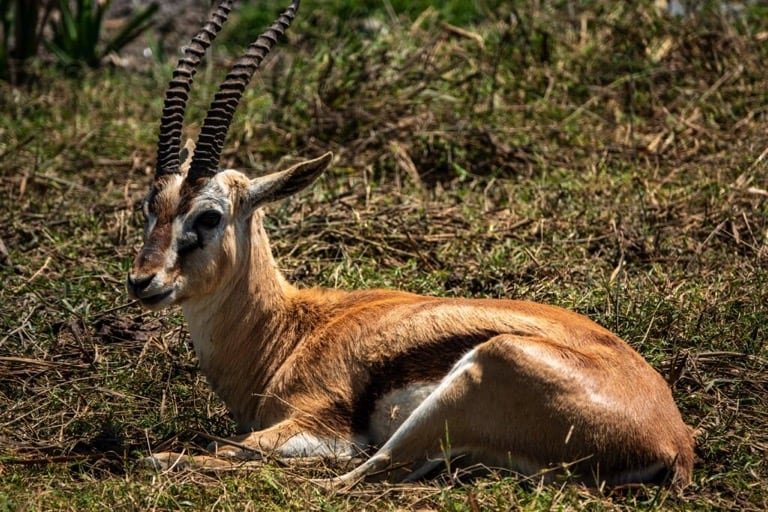
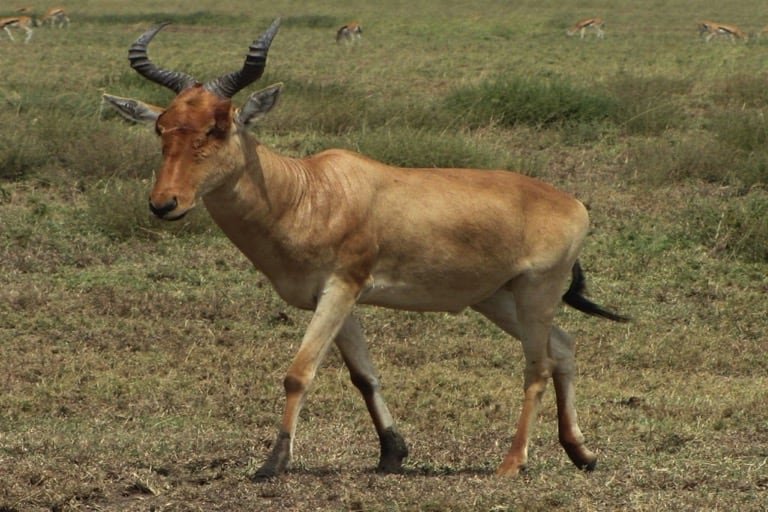

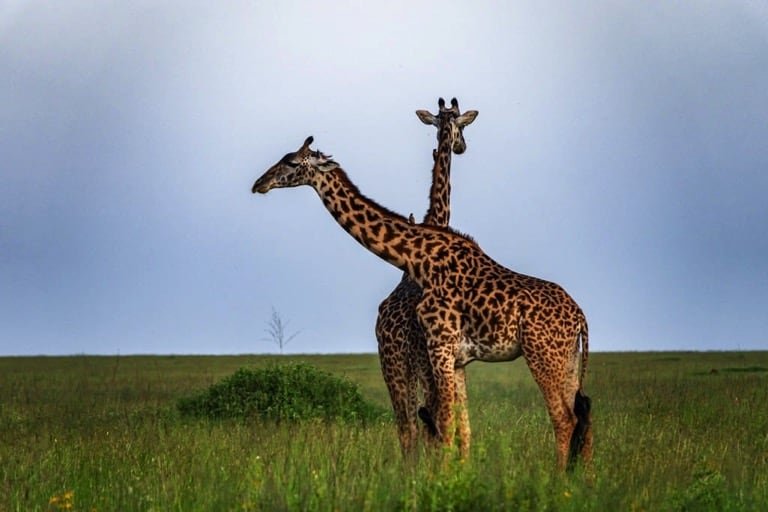


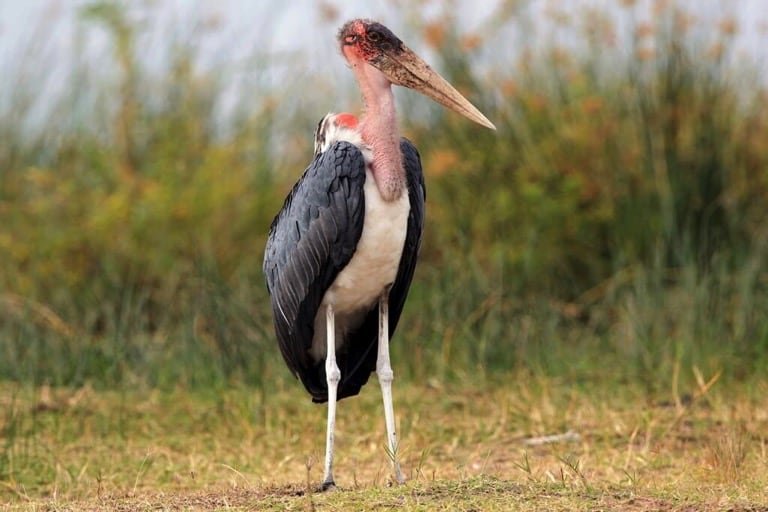
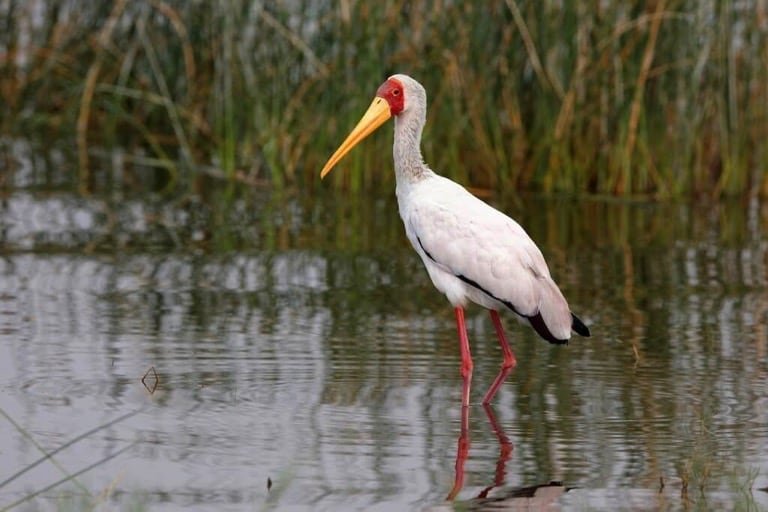
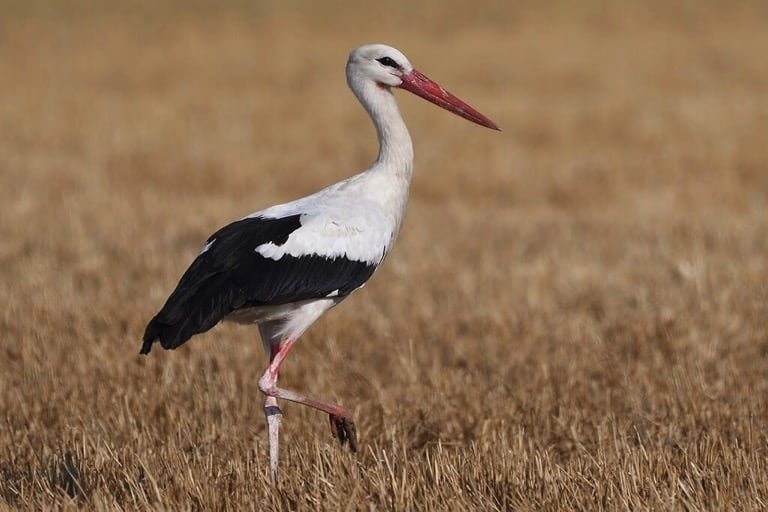



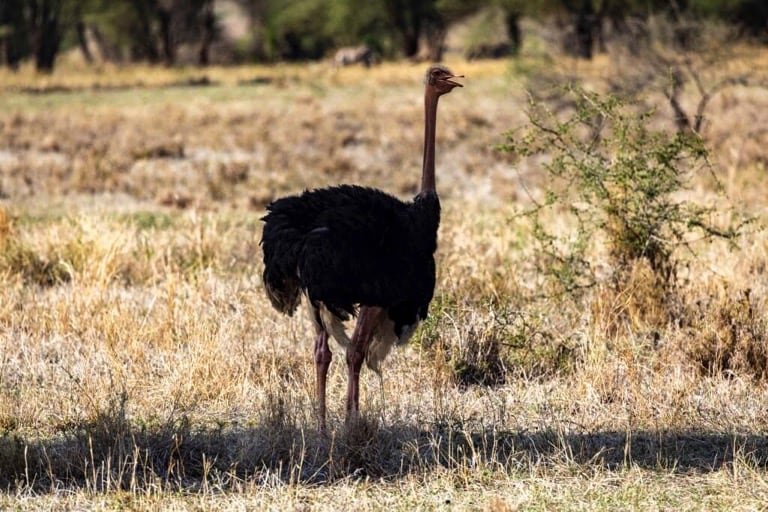
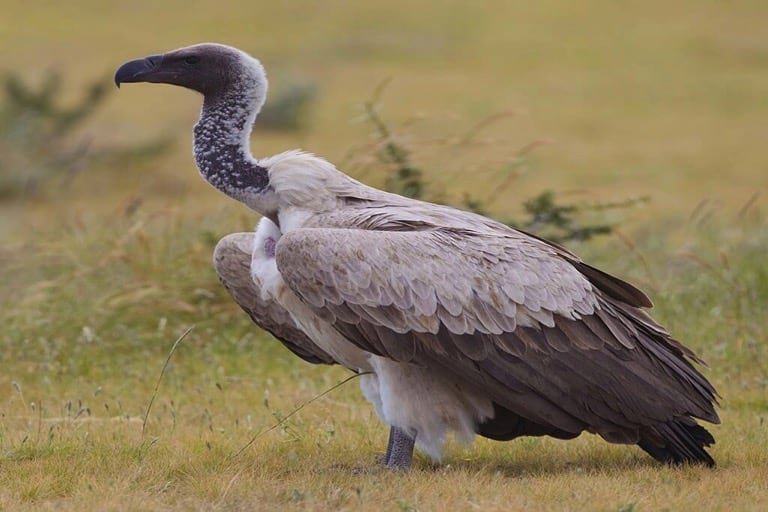

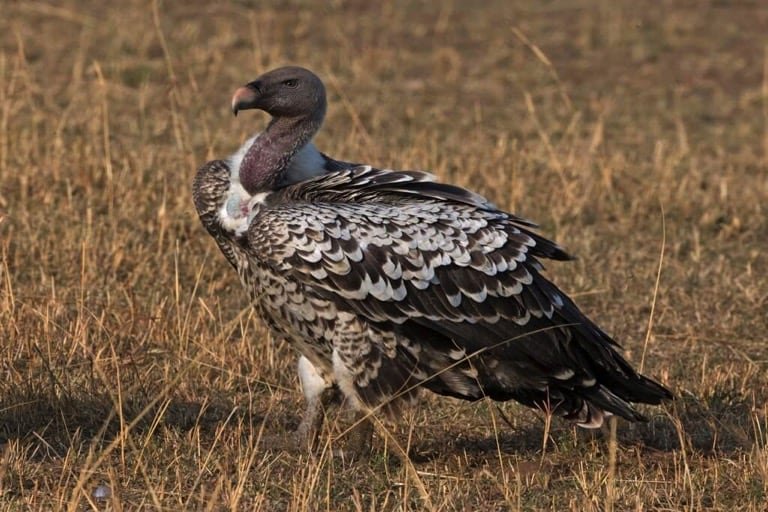

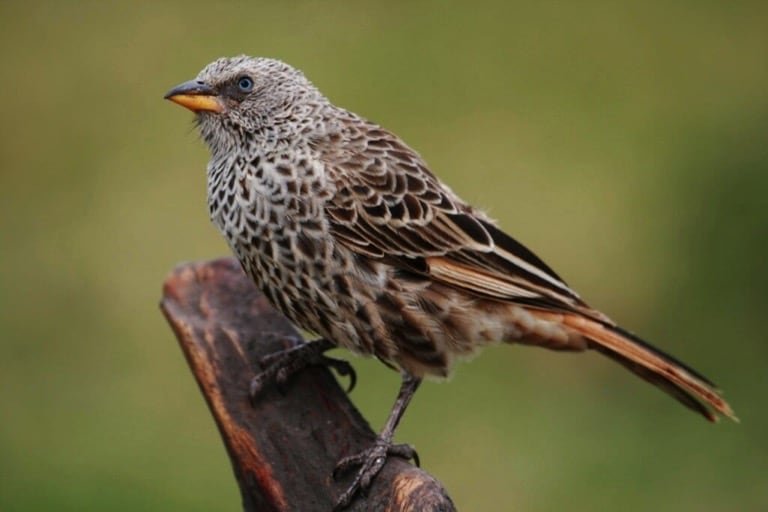
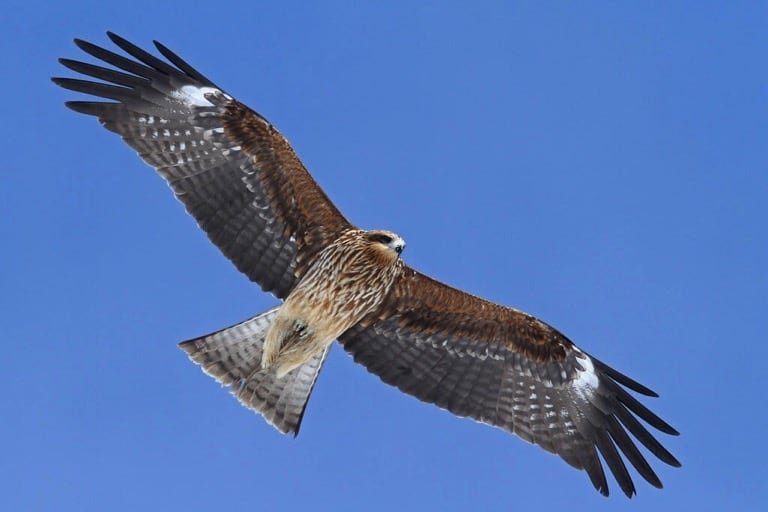



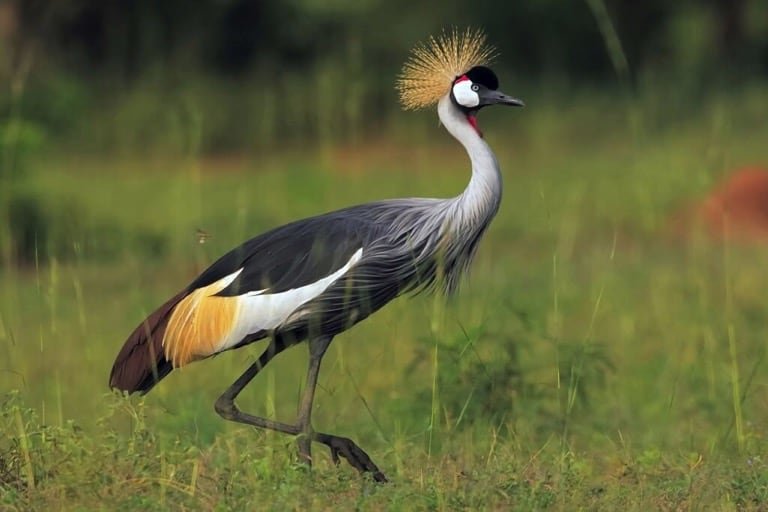

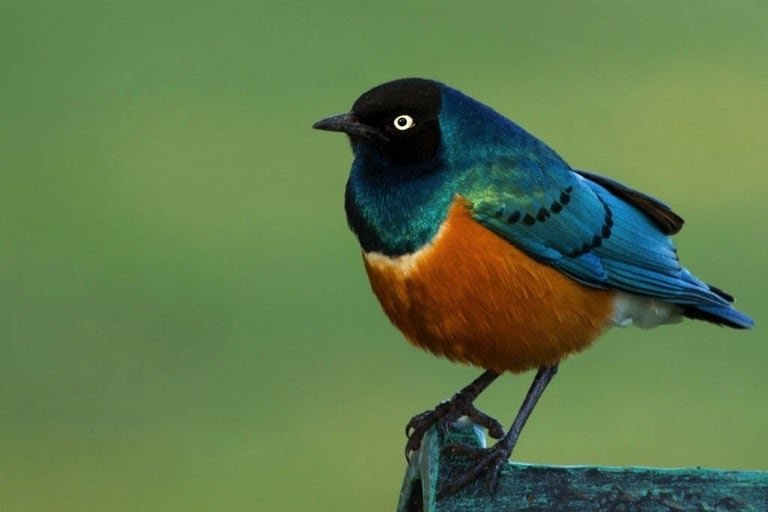

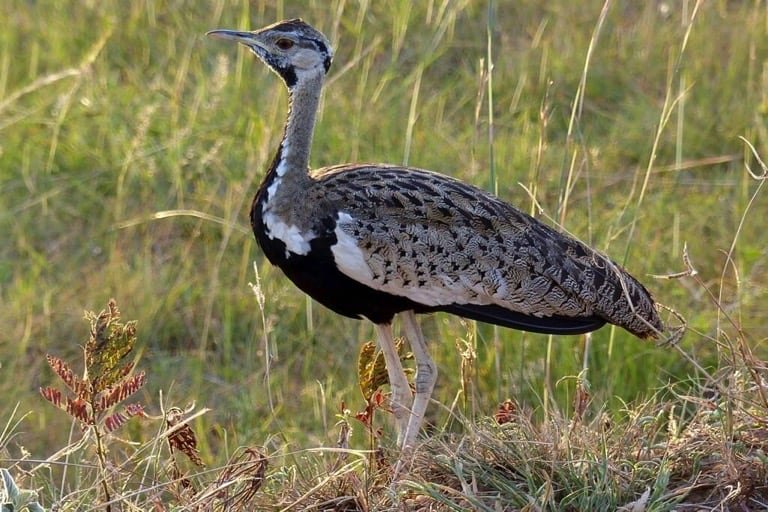


Subscribe to our newsletter and get the latest updates & news.
